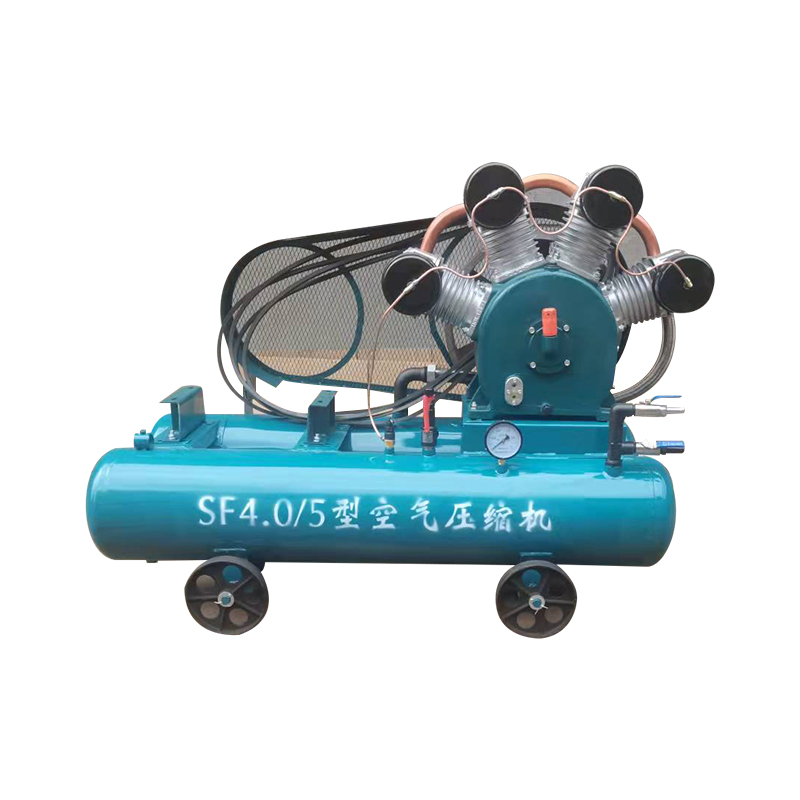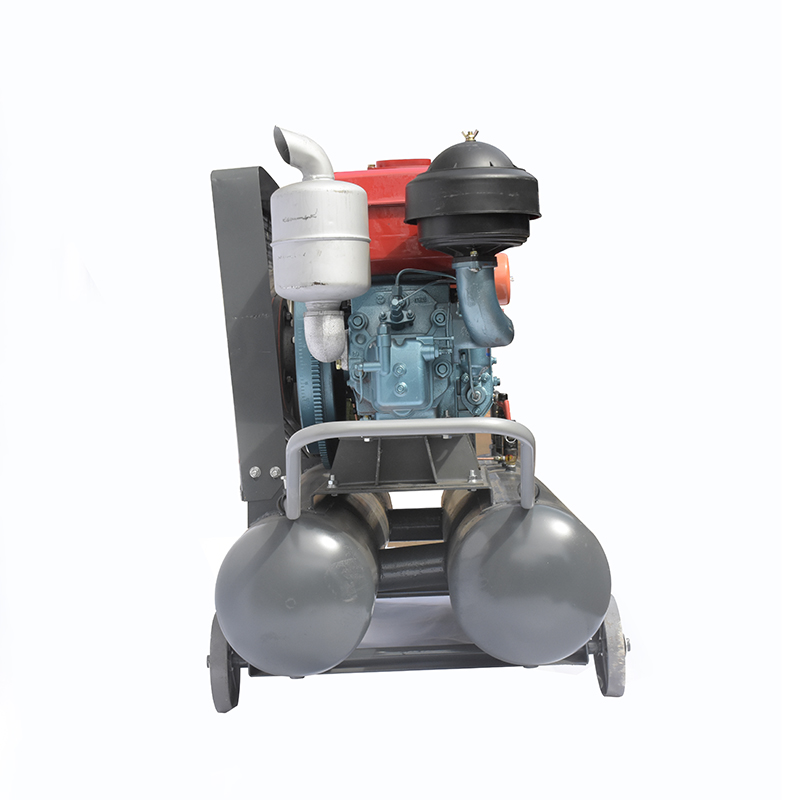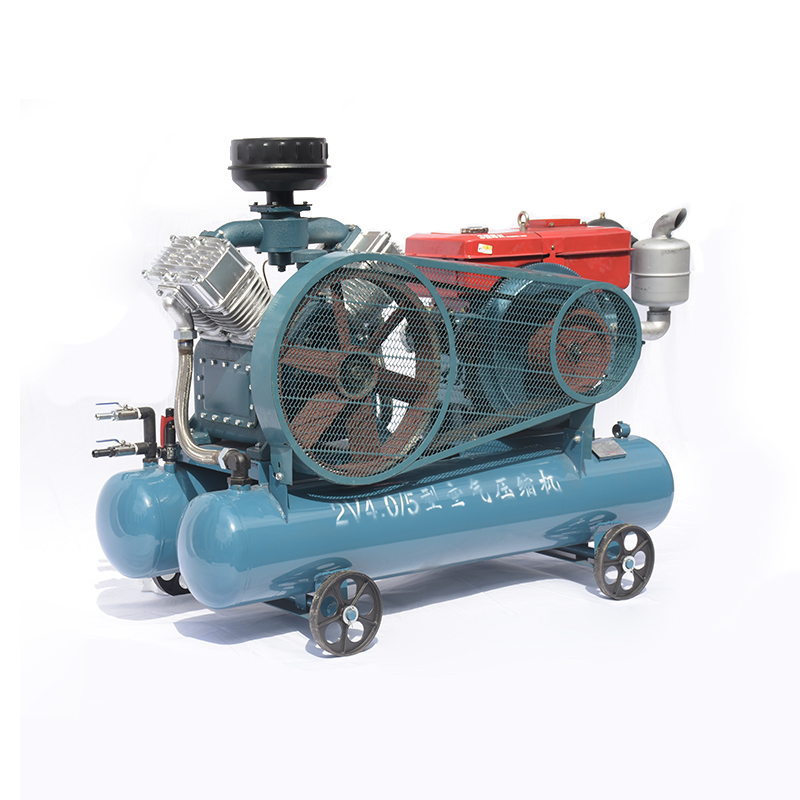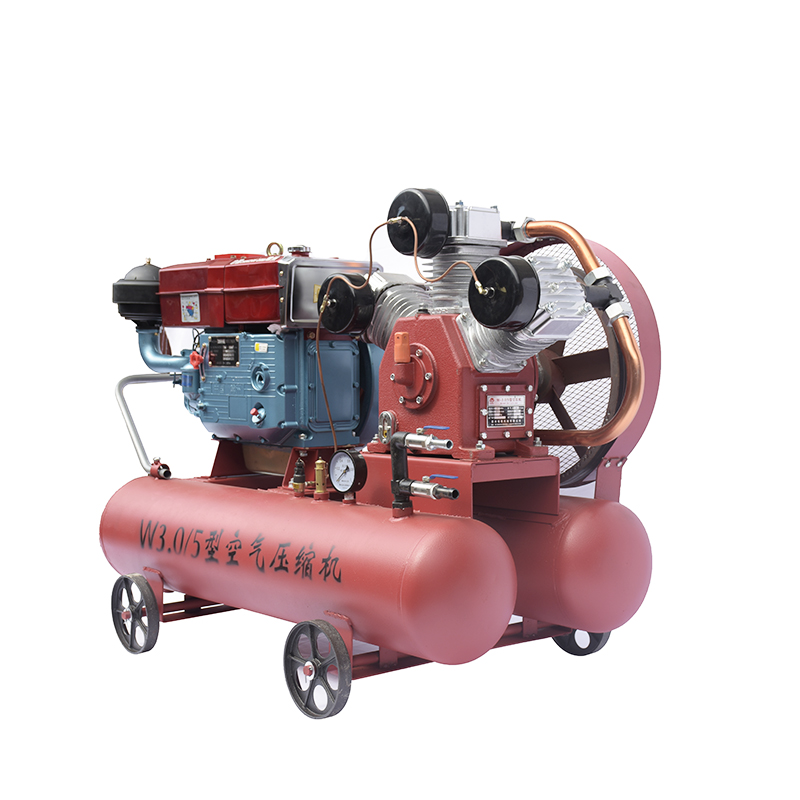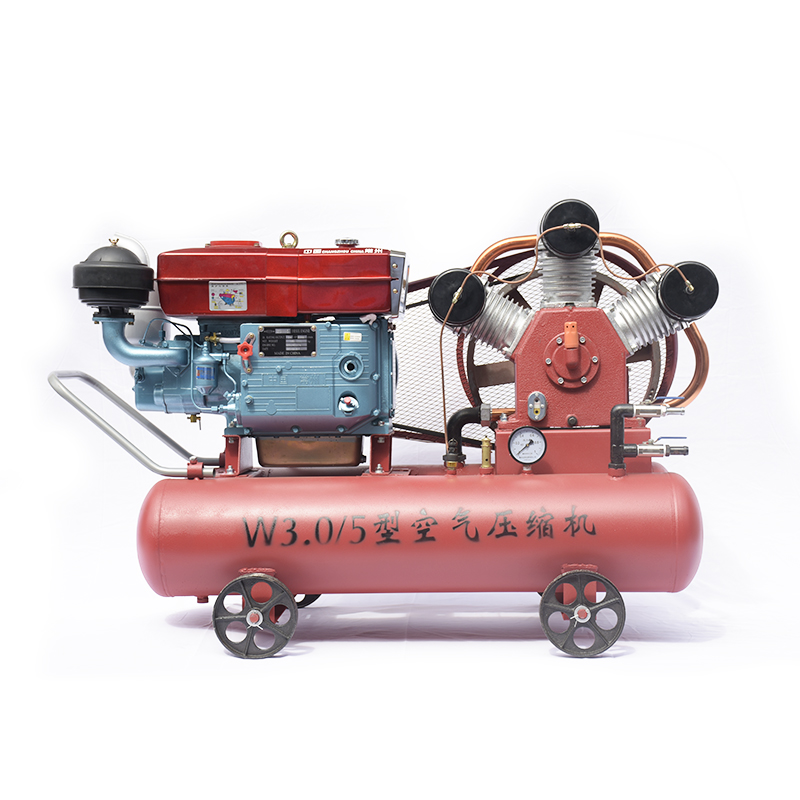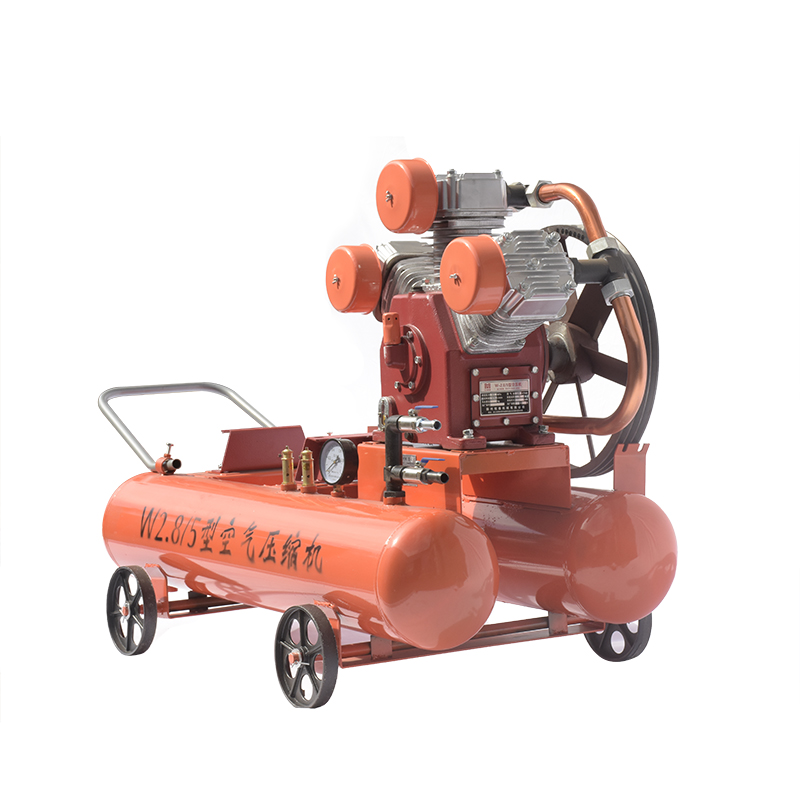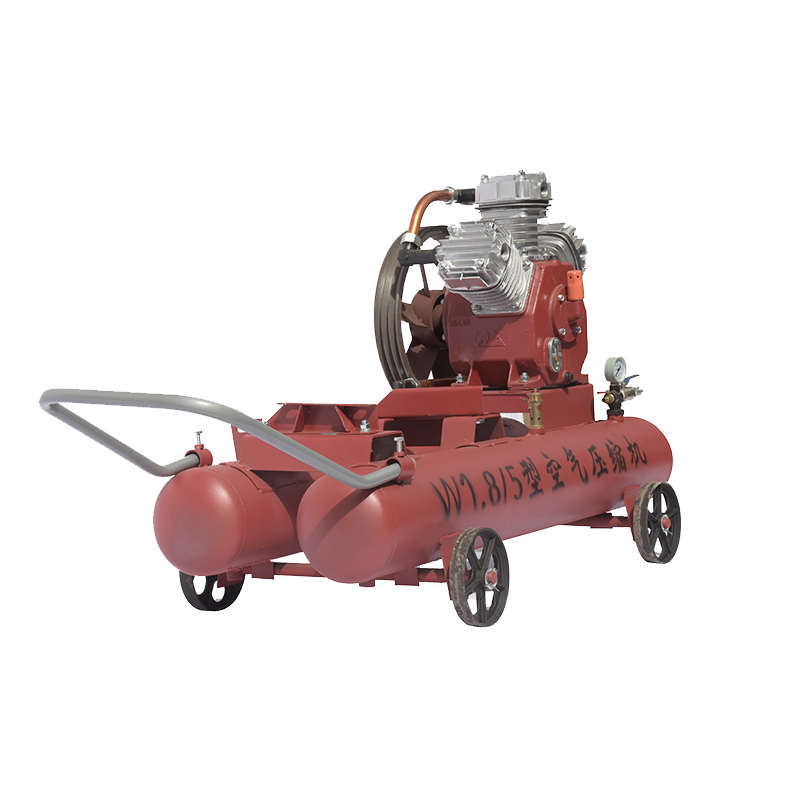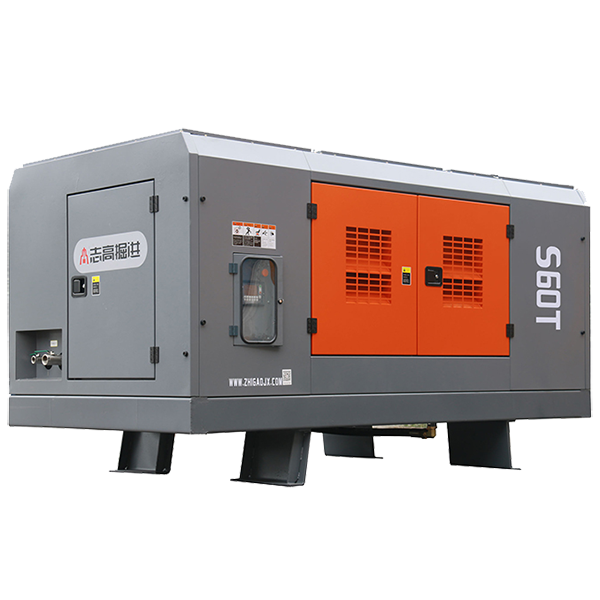An air compressor is an essential machine that takes the atmospheric pressure in our air and amplifies it to a far stronger force. Compressed air generated from the compressor can be used to power various tools and machines, from inflating tires to operating pneumatic tools in difficult, constricted settings. Even in the field of medicine, where delicate objects may require robust forces, air compressors have become an invaluable resource.
Long utilized in numerous sectors, air compressors have proven themselves to be a reliable and effective solution for powering a range of tools and machinery. To learn more about how they function, let’s dive into this article and explore what makes these compressors such an invaluable asset.
Taking a breath of fresh air is no longer necessary to get the power you need – with an air compressor, regular atmospheric air is scooped up and compressed. This can be achieved through the motion of a piston or diaphragm that moves up and down within a cylinder. The pressure in the cylinder is then heightened as the piston travels, resulting in compressed air gathering within a tank or reservoir. So rechargeable pressurized air isn’t just a concept – it’s scientifically possible.
The compressed air stored in the tank is released through a tube or conduit before being directed towards whatever tool or machine requires power. As the device begins to operate, more air flows into the compressor and the cycle repeats itself like clockwork. The end result is a reliable source of power to power tools and machines.
From powering drills and inflating car tires to providing oxygen for patients and facilitating industrial production, air compressors can be used in a myriad of different circumstances. These versatile machines can even be found in medical procedures, helping power everything from sophisticated instruments to everyday life-saving equipment. Moreover, they contribute to essential industries such as the food industry and automotive industry, where they are chiefly used for painting cars.
Looking for an air compressor? You have a few different sizes to choose from, as well as different power sources such as electricity, gasoline, or diesel. The size and type of compressor best suited to your purpose should be carefully considered. For instance, if the primary use is a small-scale pneumatic tool, you’ll likely only need a smaller compressor. If your project requires tire inflation on an automobile, however, it is recommended you opt for something more powerful.
When it comes to air compressors, the options on the table range from reciprocating, rotary to centrifugal. The piston-housing reciprocating compressor functions by squeezing air in a contained space, while the rotary compressor works through a tirelessly spinning element, and lastly the centrifugal compressor utilizes an impeller for air compression. A careful consideration of each type’s specific plus points and shortcomings is key for selecting the best match for your current needs.
Powering machines and tools may seem like a hard task, but with the help of an air compressor, it is actually quite easy. Air compressors are widely used across many industries and offer a convenient and reliable way to drive machinery with a minimum amount of care and maintenance. If you are seeking a dependable option for your machine power requirements, an air compressor might be the ideal answer.
Pneumatic tools, air conditioning systems and a myriad of other applications rely on the pressurized air provided by an air compressor. And, given their power and efficiency, these devices are an integral component of numerous industries. From minuscule portable models to roomy stationary ones, a wide assortment of air compressors are accessible in a diversity of sizes.
A broad suite of air compressors exist, though two primary designs distinguish the class. The reciprocating compressor employs a piston to convert air to a higher pressure, while the rotary screw compressor operates via a spinning screw. While both types leverage the same mechanics to compress air, their particular methods of doing so differs.
To begin air compression, oxygen from the surrounding area is pulled inside a chamber. From there, the air is pushed against an unrelenting pressure until it reaches the desired intensity, steadily heating as more and more work is completed. Once the pre-determined limit is met, this process is complete.
When the air has been compressed, it must be transferred into a storage tank. This tank is kept at a regulated pressure setting with the help of a pressure regulator. As the air builds up to the level dictated by this regulator, any extra pressure gets released, enabling the compressor to continually keep a stable pressure in the tank.
After the necessary pressure is reached, air has a multitude of uses. For instance, a compressor can fuel any tool that runs on pressurized air, like nail guns and staplers. It can also help to create or enhance air conditioning systems. Moreover, compressors are crucial components in industrial activities such as welding and spraying paint.
To maintain optimal performance, regular maintenance of an air compressor is integral. From changing the engine oil and filters, to making sure all seals, tubes, and couplings remain taut and in sound condition, prudent upkeep is key. Moreover, vigilantly scrutinizing the device for any signs of erosion or harm can go a long way in preserving its stated utility.
To provide an abundance of fascinating functions, air compressors are a vital device for a wide diversity of industrial and practical activities. In addition to propelling pneumatic instruments, they use their capacity to compress air to power air conditioning components. With an adequate knowledge of how air compressors operate, you can ensure that your compressor is running optimally and maintained efficiently.
Post time: 2023-08-05


